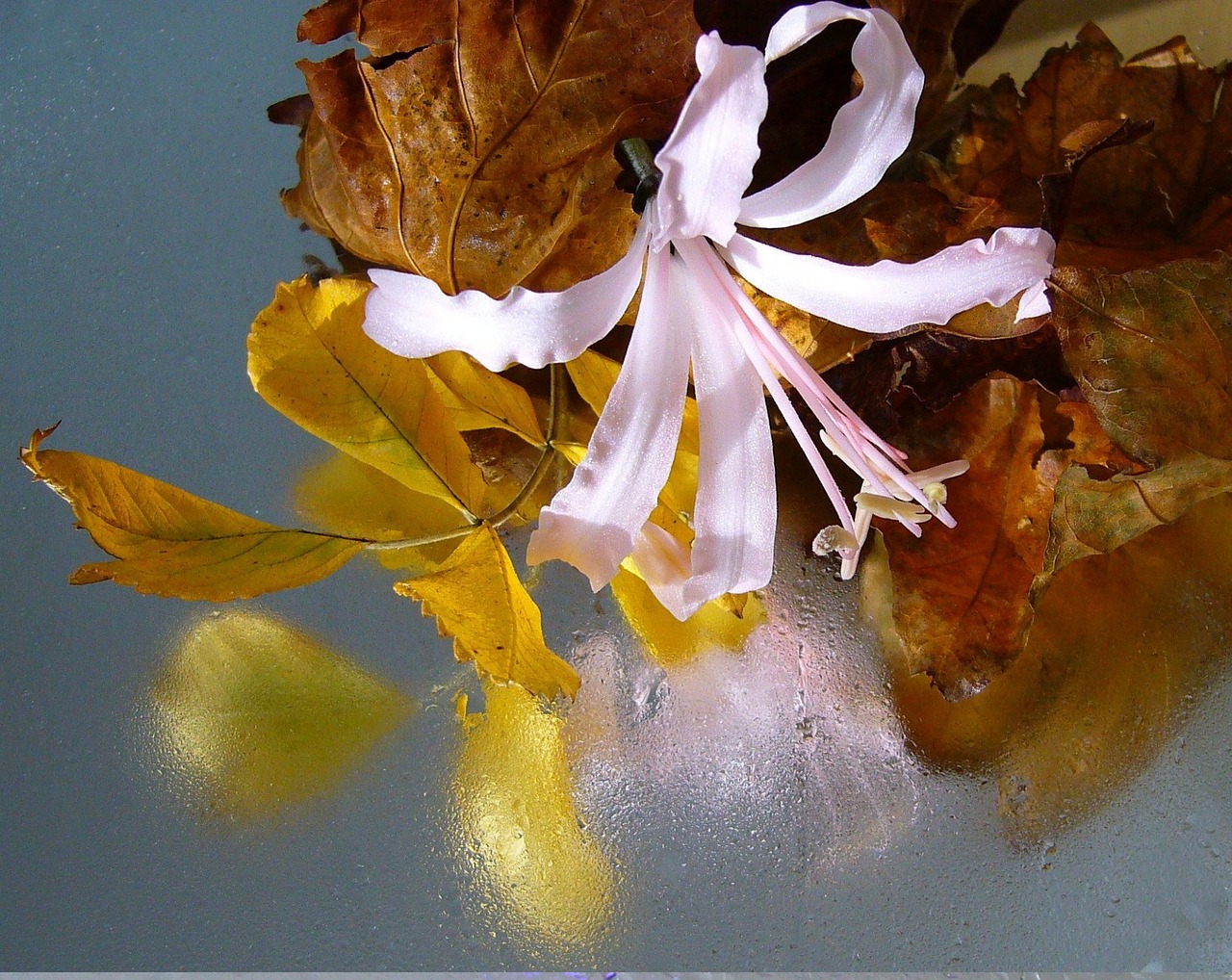
Nerine and Planting: A Guide to Growing These Stunning Flowers
Table of Contents
- Introduction
- What are Nerine Flowers?
- Types of Nerine Flowers
- Nerine Planting Essentials
- Choosing the Right Location
- Preparing the Soil
- Planting Bulbs
- Watering
- Maintenance
- Nerine Flower Care
- Nerine Flower Blooming Period
- Common Pests and Diseases
- Nerine Flowers and Landscaping
- Nerine Flowers for Special Occasions
- Frequently Asked Questions (FAQs)
- Conclusion
- Get Access Now
Introduction
Are you looking to add a touch of elegance and charm to your garden or flowerbeds? Nerine flowers might just be the answer! This guide will take you through the ins and outs of planting and caring for Nerine flowers, helping you transform your outdoor space into a vibrant and captivating floral haven.
What are Nerine Flowers?
Nerine flowers, also known as Guernsey lilies or spider lilies, are a genus of striking, bulbous perennials. They are renowned for their brilliant, funnel-shaped flowers in hues of pink, white, or red. These stunning flowers have gained immense popularity among garden enthusiasts and florists for their captivating beauty.
Types of Nerine Flowers
Nerine flowers come in various species and hybrids. The most common ones include:
- Nerine bowdenii: Known for its pink, trumpet-shaped flowers, this variety is a classic favorite in many gardens.
- Nerine sarniensis: This variety features striking, large flowers in shades of red and pink, making it a stunning choice for floral arrangements.
- Nerine filifolia: Recognized by its delicate, pale pink blooms, this Nerine adds a touch of subtlety to any garden.
- Nerine laticoma: With its bright red flowers, this Nerine variety demands attention and can be a focal point in your garden.
- Nerine humilis: If you’re looking for a more compact Nerine with delicate pink to white flowers, this variety is perfect for borders and containers.
Nerine Planting Essentials
Choosing the Right Location
Before diving into planting Nerine flowers, you should carefully select the location. Nerines thrive in well-drained, sunny areas, making them an ideal choice for rock gardens, borders, or containers.
Preparing the Soil
Nerines prefer slightly acidic soil with good drainage. To create the perfect environment, mix some organic matter into the soil to enhance its quality and ensure proper drainage.
Planting Bulbs
Plant Nerine bulbs in early spring or autumn. Space them about 4-6 inches apart and plant them at a depth of 2-3 inches. Ensure that the pointed end faces upwards.
Watering
During the growing season, water your Nerine plants regularly to keep the soil consistently moist but not waterlogged. However, reduce watering during the dormant period.
Maintenance
Nerines require minimal maintenance. Deadhead the spent flowers and protect the bulbs during winter with a layer of mulch.
Nerine Flower Care
Nerine flowers thrive in warm, sunny conditions. To keep them healthy and vibrant, ensure they receive at least 6 hours of sunlight daily. Adequate watering and well-drained soil are essential for their well-being.
Nerine Flower Blooming Period
Nerine flowers typically bloom in late summer or early autumn, adding a burst of color to your garden just when many other flowers have faded.
Common Pests and Diseases
While Nerine flowers are relatively pest-resistant, they can still fall victim to aphids and mealybugs. Regular inspection and immediate action can prevent these pests from causing significant damage.
Nerine Flowers and Landscaping
Nerines make a perfect addition to your landscaping, especially if you want to create a colorful border or accent a rock garden. Their vibrant colors can be beautifully contrasted with other plants and flowers.
Nerine Flowers for Special Occasions
Nerine flowers are not just for the garden; they also make lovely cut flowers for special occasions. Their unique appearance and vibrant colors can be an excellent choice for bouquets and flower arrangements.
Frequently Asked Questions (FAQs)
- Can Nerine flowers survive in cold climates?
Nerine flowers are more suited to temperate and warm climates. In cold regions, they are best grown in containers that can be brought indoors during the winter. - How often should I fertilize Nerine plants?
Fertilize Nerine flowers with a balanced, liquid fertilizer every 4-6 weeks during the growing season. - Do Nerine flowers attract pollinators?
Yes, Nerine flowers can attract pollinators like butterflies and bees, making them a valuable addition to your garden ecosystem. - Can I grow Nerine flowers from seeds?
While it is possible to grow Nerine flowers from seeds, it is a more time-consuming process. Planting bulbs is the most common and effective method. - What is the best time to divide Nerine bulbs?
The best time to divide Nerine bulbs is in late summer or early autumn when they are dormant.
Conclusion
Nerine flowers are a magnificent addition to any garden or flower arrangement. Their elegance, vibrant colors, and low maintenance make them a preferred choice for many garden enthusiasts. With proper care and attention, you can enjoy the beauty of Nerine flowers throughout their blooming season.